America’s love of cheap, also-ran stuff sourced in the Far East goes a lot further back than you might think.
If Hong Kong or Singapore in the 1960s had ever had the land or the precision mentality, then either might have been a source for imported small cars to pad out the ranges of the Detroit giants, and try to skewer the dominant Volkswagen Beetle. As it was, it fell to Japan to provide North America’s first so-called ‘captive import’. It was the Dodge Colt in 1970, this boring, bottom-of-the-range model actually being the Mitsubishi Galant. Many more of its ilk would follow – all worthy of unexceptional classic status today.

But by the time of the Pontiac LeMans, in 1988, the home of the automotive sweatshop had switched to South Korea. There, Daewoo Motors – the biggest car company you’ve never heard of – was churning out Vauxhalls in disguise, based on the Astra and Belmont MkII, and shipping them off to the US in bulk. Once the Astra MkIII was safely launched in Europe, though, the Koreans realised their contract allowed them to do what they wanted with yesterday’s version, and in autumn 1995 the car – renamed the Daewoo Nexia – came to the UK.
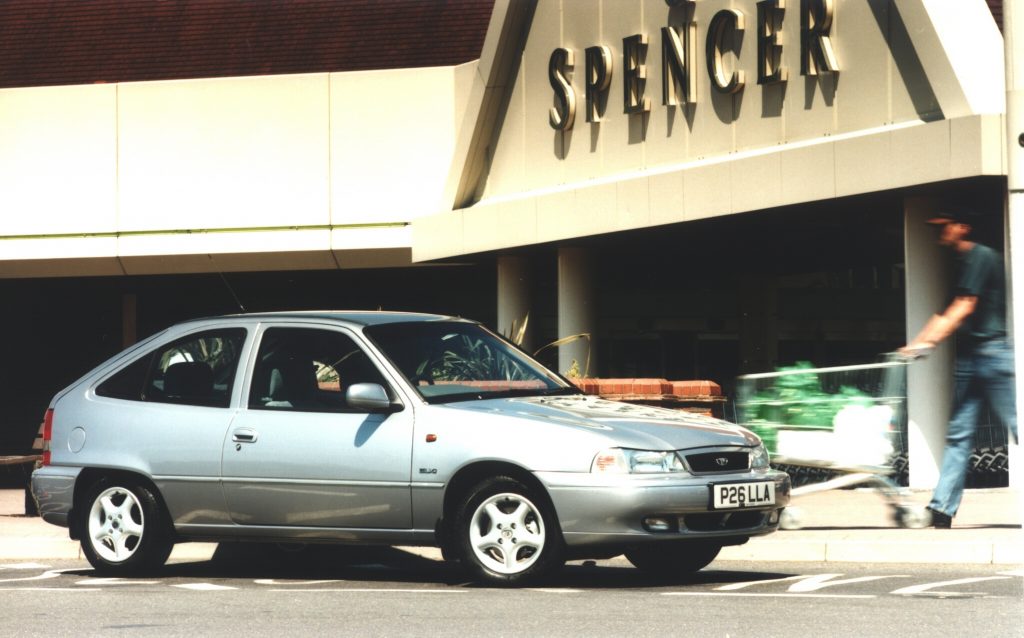
In doing so, the three-, four- and five-door range became the first mass-produced cars of modern times to be sold to the public by the manufacturer itself, rather than via franchised dealers, through a network of garish showrooms on soulless retail parks.
Helping spark interest was an initial launch promotion where the first 1,000 buyers were able to bring their car back five months later and exchange it for a new one, without paying any more.
It was tricky to get your lips around the name (you were meant to say “Day-oo”) but it was easy to grasp the appeal of the buy-direct offer. The company was keen to stress its no-haggle policy because the package on offer was so juicy. The apparently highly competitive prices (the Nexia started at a paltry £8295) came with a three-year warranty, three years’ free servicing, and three years’ AA membership, while freebies thrown in included one year’s road tax, number plates, a tank of petrol, even a mobile phone.
The badges declaring ‘Twin-Cam’ and ‘16V’ on the back of most Nexias read well, and in another car these motors might have shone. In this thing, though, any mechanical pizzazz was lost to the horrible ride and mushy handling of the obsolete chassis. Inside, it was hard to know which aspect exactly started to incubate loathing first – the cramped cabin or the cheap and nasty materials. The word ‘mediocre’ could have been invented for it. I remember driving one and then stepping back into my 1984 Nissan Bluebird with a feeling of post-surgery euphoria, so superior were its levels of refinement.
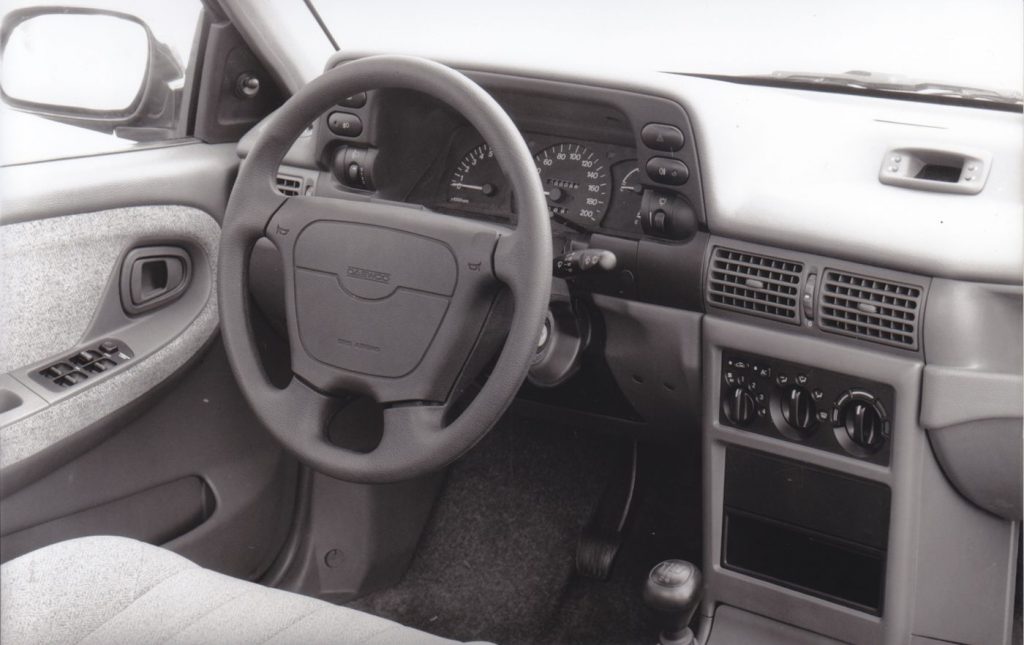
The car-buying saps lured into Daewoo’s wholly-owned premises around the UK might have thought they were gaming the system. Instead, the bracken gave way below their tyres as they tumbled into a pit of depreciation that made an FSO Polonez look like a sound choice. Secondhand values collapsed faster than the car’s flimsy seat cushions; pity the NHS in Scotland, which bought a large fleet for its staff. And if your heart was set on an even bigger ‘bargain’ then there was also the Daewoo Espero, whose ancient underpinnings were derived from the even earlier 1981 Vauxhall Cavalier. In truth, the Nexia wasn’t around for long, as the far superior – yet still unremarkable – Daewoo Lanos replaced it in 1998.
Daewoo could once claim to account for one whole percentage point of the UK new car market, and did launch the interesting Matiz city car. Still, its presence here was brief. After doing its best to hide the roots of its ageing donor cars, the company performed a disappearing act of its own and collapsed in 1999. Kim Woo-Jung, its chairman, went on the run after committing accounting fraud on an epic scale. That’ll be the Daewoo, as the annoying TV ads used to claim…

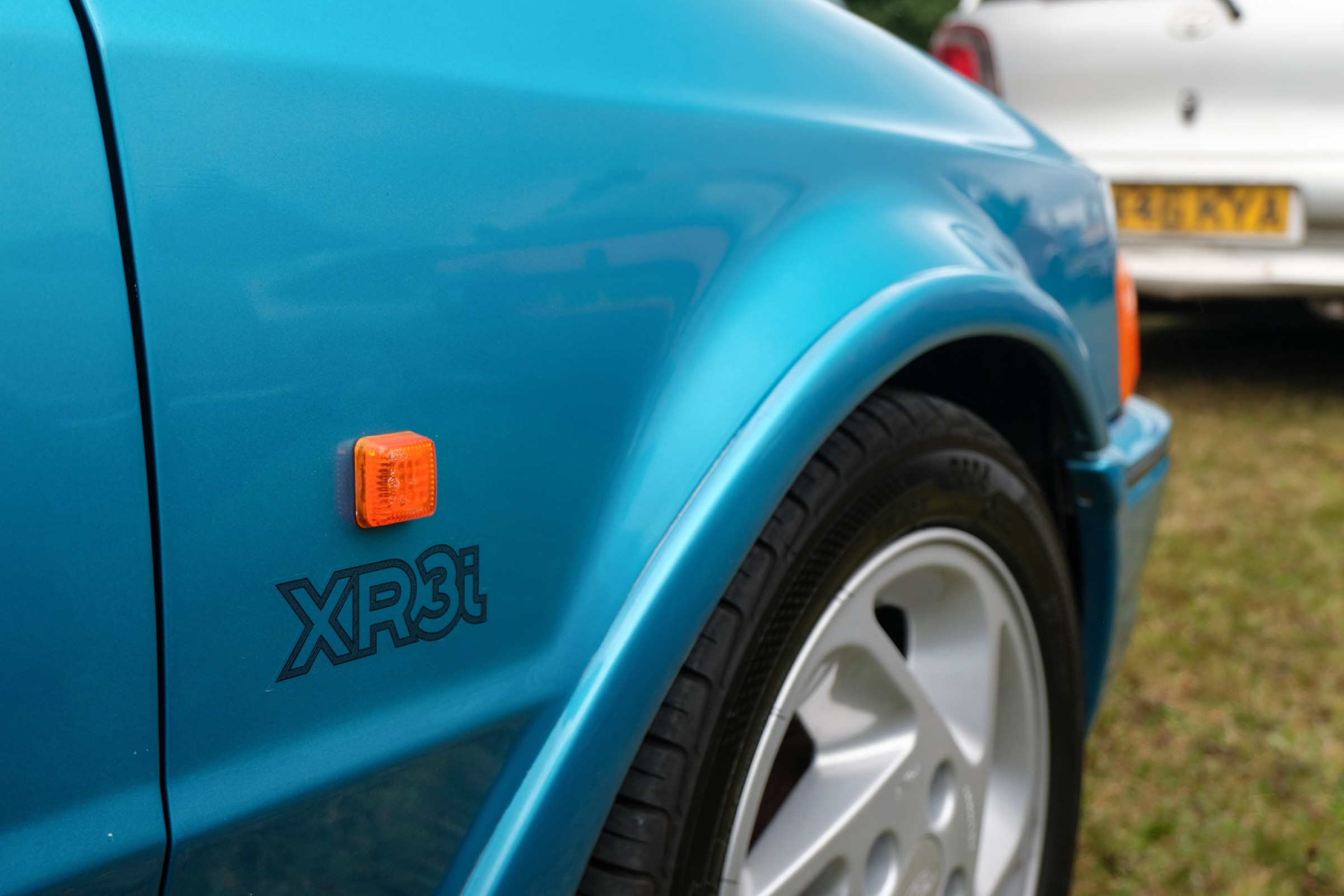
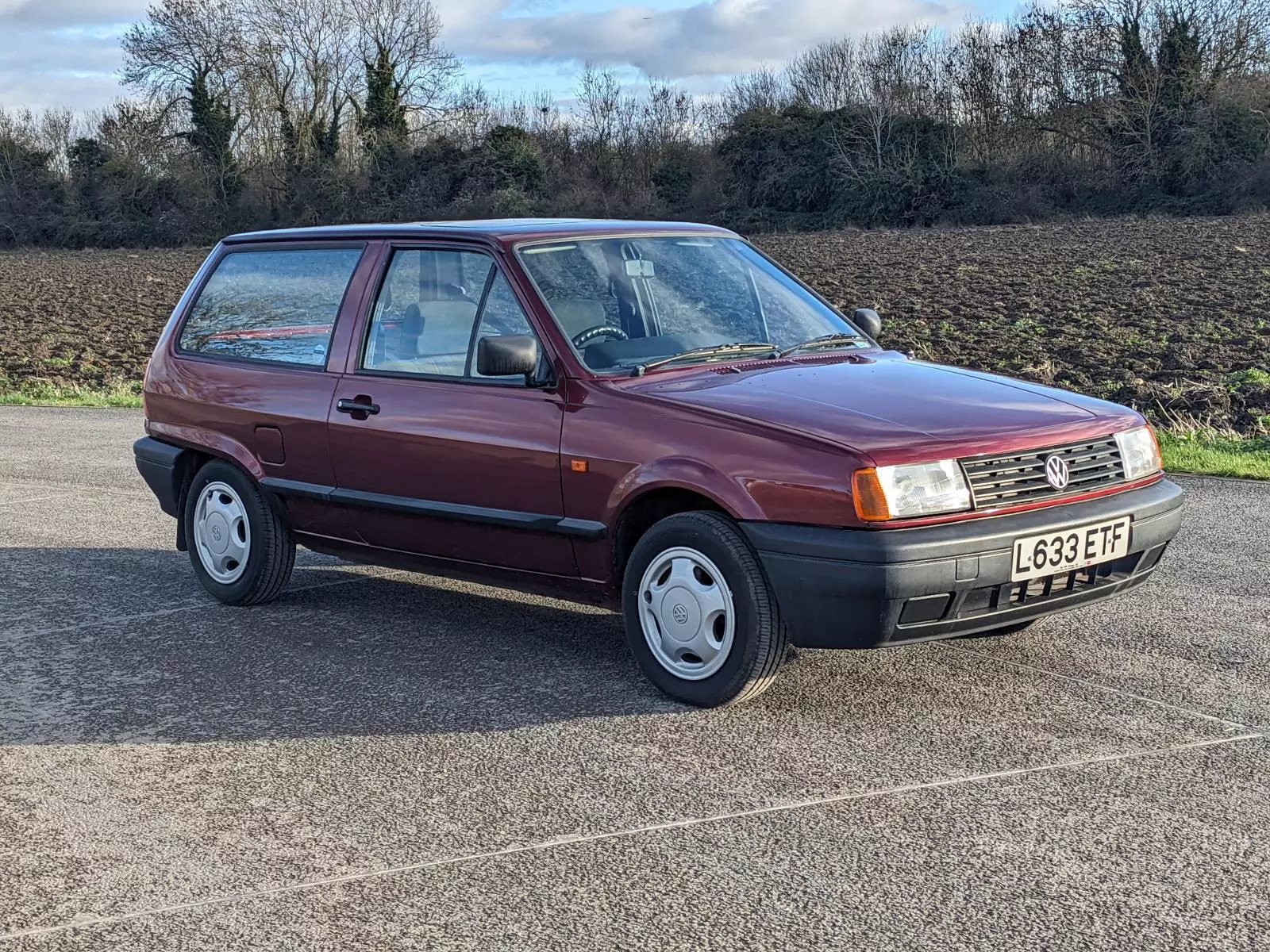


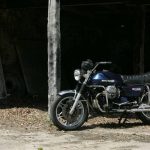
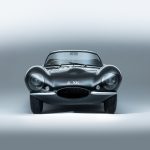
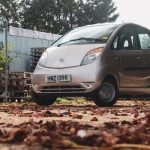


Such vitriol, no point in debating.
I had freebie car N⁰1.
I collected it from the launch in Rotherham in April 1995. I had it free for one year and 16K miles. It wasn’t the sweetest motor I’d ever driven, but it was very reliable indeed, and the service was superb.
Dave, do you have pictures?
Still have an Espero, lovely comfortable car to drive and quite a head turner as it happens. Built like crap but surprisingly nice to drive